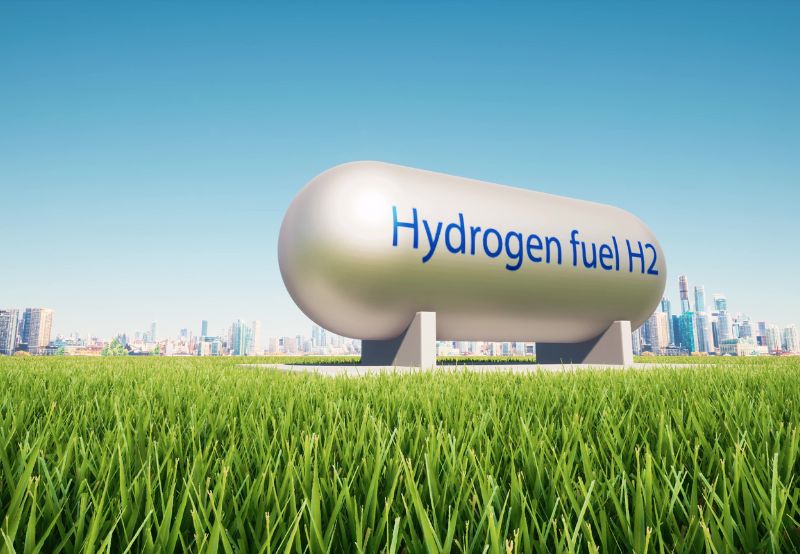Accelerating Green Hydrogen Innovations: MNRE's Call for R&D Proposals
Key Ideas
- MNRE calls for R&D proposals under the National Green Hydrogen Mission to advance affordable and scalable green hydrogen technologies across production, storage, and utilization.
- Proposals should focus on enhancing technology readiness levels, collaboration among academia, industry, and government, and support scaling up and commercialization of green hydrogen solutions.
- Entities eligible to submit proposals include academic institutions, R&D centers, government organizations, and private industries, with funding varying based on the institution type and project cost.
- The R&D program aims to drive technological advancements in hydrogen production, storage, transportation, and application development with a focus on cost-effectiveness, safety, and efficiency.
The Ministry of New and Renewable Energy (MNRE) has launched the second call for Research and Development (R&D) proposals under the National Green Hydrogen Mission, with a deadline set for August 21, 2025. The program aims to accelerate the development of green hydrogen technologies in various segments such as production, storage, transportation, and utilization. Proposals submitted should align with objectives geared towards enhancing the affordability, safety, efficiency, and scalability of green hydrogen solutions. The focus areas for R&D include innovations in hydrogen production, storage, and transportation methods. Entities eligible to submit proposals range from academic institutions and government bodies to private research institutions and industries. The funding structure varies, with academia, government, and non-profit institutions potentially receiving up to 100% funding, while private institutions and industries may receive up to 80% of the project cost.
The MNRE's R&D program emphasizes the importance of collaboration between academia, industry, and government to drive innovation and commercialization of green hydrogen technologies. Proposals must define initial and target technology readiness levels and include specific objectives, timelines, and the roles of all partners in the consortium. Industrial partners are expected to contribute financially and technically, showcasing their R&D capabilities and potential for commercialization. The funding structure also outlines overhead expenses and travel cost limits. The MNRE had previously unveiled a ₹4 billion R&D Roadmap for the National Green Hydrogen Mission, highlighting efforts to establish an ecosystem conducive to the commercialization of green hydrogen.
Topics
India
Funding
Green Energy
Technology Innovation
Collaboration
Industry Partnerships
Research Development
Academia
Latest News
